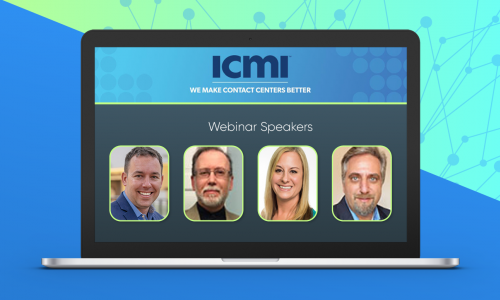Consumers live online. Gone are the days of dial-up. Today’s consumers carry immediate Web access in the palms of their hands at all times. As more and more consumers increasingly adopt the handheld approach of accessing online content, marketers need to ensure they’re targeting consumers using relevant messaging. Using such a targeted approach requires marketers to gain a thorough understanding of how digital fits in with the overall customer strategy and where throughout the customer lifecycle it should be applied to reach customers at specific points. For many, this means combining online and offline media to create seamless campaigns that sustain consumer interest no matter their chosen path to purchase.
Many retailers use online display advertising and direct mail simultaneously to achieve this blended approach. But I should note that one retailer doubled its return on investment by enabling these distinctly different channels to target an equally diverse customer base. By understanding the varied preferences of its audience, the brand recognized the importance of embracing old and new media in its effort to attract as many shoppers as possible. Ultimately, this company got the most out of its newfound integrated strategy, as it increased sales to advance both the bottom line and its relationships with an array of customers.
For some, however, success doesn’t come right away. In fact, many marketers have taken to media attribution modeling to determine which channels truly garner the most attention and ROI. Companies need to discover which tactic or combination of tactics are driving the greatest impact with relative ease in order to allot spend appropriately and profitably. First and foremost, companies need to establish how they plan to attribute resulting consumer behaviors: Will they base success upon the first or last advertisement the customer saw before completing their purchase? In today’s omnichannel landscape, it’s increasingly difficult to plot each individual’s purchase journey, as there’s no singular path. Companies must therefore rely on real-time insights to target and retarget consumers across all touchpoints.
Targeting and retargeting, in particular, have the power to help digital become an even more successful part of any integrated marketing campaign. Such tactics allow brands to collect and apply behavioral insights they may never have had access to previously. For example, if a customer calls a brand’s 1-800 number, but doesn’t buy, marketers can respond by using the incoming phone number to see if they can recognize the person through her ISP address or cookies in an effort to match the account to existing data. Research shows that marketers will likely only succeed 30 to 50 percent of the time with this approach, but such strategies allow them to push remarketing messages out to consumers in direct response to prior actions. I suggest sending targeted email campaigns or using location-based banner ads that tap into these expressed interests in order to close the loop digitally and seal the deal.
No matter their stage of adoption, however, all marketers must actively embrace digital as they work to integrate this growing channel into their regular marketing mix. Behaviors evolve, and so must marketing strategies. By focusing on available and forthcoming data, companies can quickly begin to determine the best integrated approach for their customer base.
Like this? Subscribe to our blog here.
Also, check out the most recent issue of our e-newsletter.
Related Content:
Blog: Part I: Top Considerations for Mastering Digital Marketing ROI
Blog: Part II: Top Considerations for Mastering Digital Marketing ROI
Article: Transforming Your Marketers Into Data Scientists
Getting the Most From Your Integrated Marketing Efforts


November 13, 2014
by
Revenue Generation, Digital Transformation, Contact Center Operations, Employee Experience
Revenue Generation, Digital Transformation, Contact Center Operations, Employee Experience





